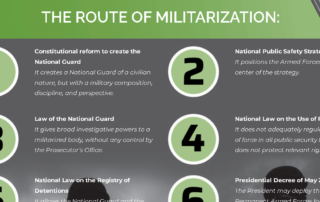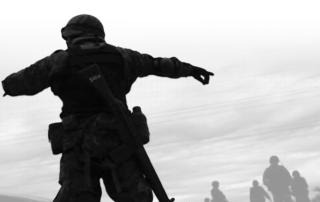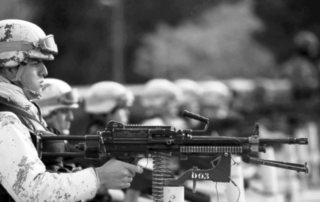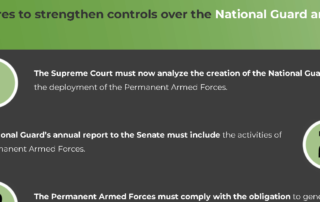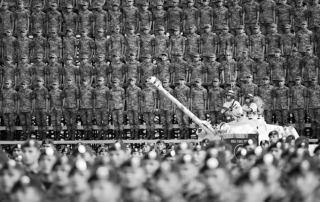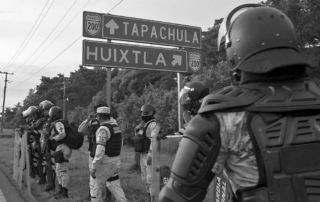The route of militarization:

Constitutional reform to create the National Guard
It creates a National Guard of a civilian nature, but with a military composition, discipline, and perspective.

National Public Safety Strategy
It positions the Armed Forces at the center of the strategy.

Law of the National Guard
It gives broad investigative powers to a militarized body, without any control by the Prosecutor’s Office.

National Law on the Use of Force
It does not adequately regulate the use of force in all public security bodies and does not protect relevant rights.

National Law on the Registry of Detentions
It allows the National Guard and the Armed Forces to excuse themselves from complying with this protection measure for detained persons.

Presidential Decree of May 2020
The President may deploy the Permanent Armed Forces for public security purposes until 2024. It does not comply with the conditions established by the Inter-American Court and the Constitution.

Administrative decision of October 2020
The National Guard ceased to be under the operational coordination of the Secretary of Security and Citizen Protection (SSPC) and came to be under the commanders of the 12 Military Regions of the country

Regulations of the National Guard
Dilutes civilian checks and balances. It gives autonomy at various levels to the National Guard and limits the intervention of the SSPC.

Directive for Victim Care
It focuses only on economic reparation, provides for the Armed Forces to deal directly with victims, and it opens the door for reparations to be conditioned on abandoning justice.

Reforms to the Organic Law of Federal Public Administration
Authorizes the Army and the Air Force to carry out any task entrusted to them by the President of the Republic.


